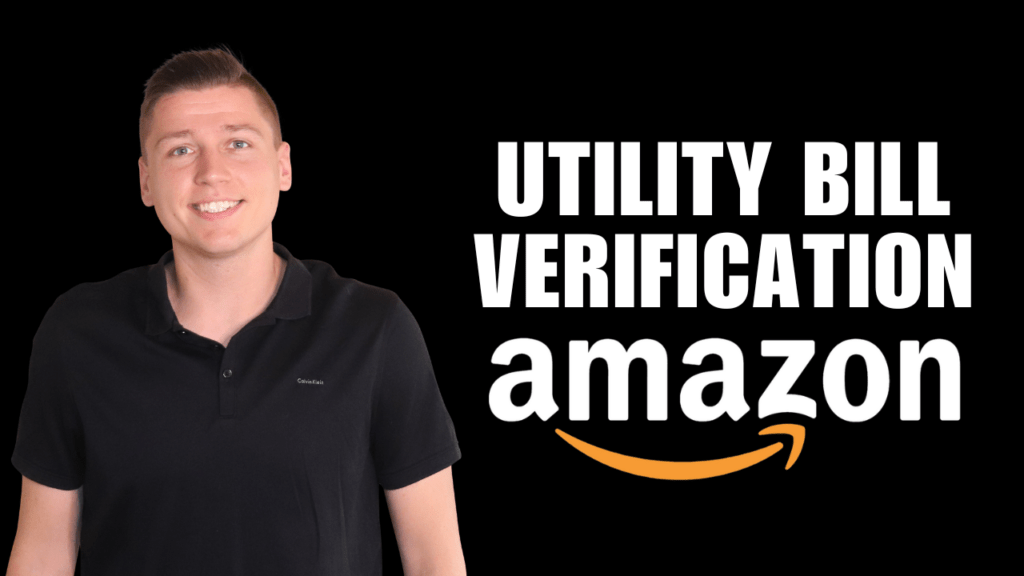If you’re a new seller on Amazon or thinking about becoming one, one of the first questions you’ve asked likely is, “What are FBA and FMB?” FBA stands for fulfilled by Amazon, while FBM stands for fulfilled by the merchant. While those two phrases don’t mean a whole lot to you now, they represent two different paths you can take as an Amazon seller, each one with its own advantages and disadvantages. This article will explain what FBA and FMB are, the pros and cons of each, and which one I recommend.
FBA & FBM Defined
FBA = Fulfillment By Amazon
With FBA, Amazon controls the warehousing and shipping of products. Sellers will send their products to Amazon, and Amazon will disperse the products across their nationwide network of warehouses. This way, no matter what state a customer is in, a nearby Amazon warehouse will likely have the product to ship to them quickly. Once an order is placed, Amazon employees will package and ship it out. The seller does not have to worry about providing tracking numbers. As long as the warehouses have the inventory, the product will be sent out.
FBM – Fulfillment By Merchant
With FBM, the seller is warehousing and shipping products. So, for example, a seller might have a garage full of products. Once a customer places an order on Amazon, the seller will package up the goods, take them to UPS or FedEx and ship it off to the customer. The seller will then be responsible for inputting tracking information and letting Amazon and the shopper know they have shipped the order.
Pros & Cons
FBA
Some of the benefits to selling goods FBA include:
- It’s easier for sellers. Amazon takes care of all of the warehousing and shipping, which frees up time. Sellers can run a business pretty passively because Amazon is doing the heavy lifting.
- FBA products are eligible for Prime shipping. Prime shipping is attractive to customers because they can get their product in one or two days; because of this, Prime shipping can boost conversions.
- Amazon favors FBA sellers, increasing their ranking in search results
- Sellers have access to multi-channel fulfillment. They can use platforms like Shopify and ClickFunnels to sell products while FBA takes care of the rest.
- If you sell wholesale or retail arbitrage, Prime can help you take over the buy box, giving sellers an advantage over FBM.
- Lower shipping rates through Amazon, as they ship a large volume
- Amazon handles all customer service and returns for FBA sellers
Some of the disadvantages of selling goods FBA include:
- Fees. FBA sellers have to pay fees for Amazon to warehouse, pick and pack, ship, and manage the sale of your product.
- FBA products are stuck in Amazon’s warehouses. It can be nearly impossible for sellers looking to make packaging changes or other modifications to their product to get their items out of Amazon’s hands. Additionally, it is a logistical nightmare to get your product removed because your products are dispersed across the country. Lastly, it can cost roughly .50 cents per unit to remove products.
- While multi-channel fulfillment is fantastic, it’s expensive. Multi-channel fulfillment can cost $6-7 versus the $2-4 it costs for standard FBA. This can dramatically cut into margins and isn’t great for scaling.
FBM
Some of the benefits to selling goods FBM include:
- When selling large or heavy items, like dumbbells, FBM is much cheaper for sellers. Amazon can charge upward of $40 per item for bulky products, which makes making a profit much more difficult.
- Sellers control the shipping process. You can add “thank you” notes or other embellishments to packaging, which builds brand loyalty.
- FBM sellers are eligible for Seller-Fulfilled Prime. Sellers can apply and receive a Prime badge to get all of the advantages that FBA sellers enjoy. However, Amazon is strict about the requirements for shipping.
- FBM sellers can hire a 3PL (Third-party logistics warehouse). It can be challenging to find a 3PL that is cheaper than Amazon, but it’s not impossible. Selecting a 3PL can also give sellers more flexibility in terms of removing or modifying their products.
- It’s usually cheaper for FBM sellers to use multi-channel fulfillment with a 3PL versus using Amazon.
Some of the disadvantages of selling goods FBM include:
- Sellers must become shipping logistics experts. Doing most of the legwork is challenging for new sellers trying to build their businesses.
- More barriers to entry and higher overhead costs at the get-go
- FBM sellers are missing out on millions of Prime customers if they don’t opt for the Seller-Fulfilled Prime option.
- Sellers must live in the country they are selling in. Shipping goods out of your home or a nearby warehouse would not be possible for sellers that live abroad.
FBA Vs. FBM: Which One Should You Choose?
In 99% of cases, FBA is the best choice. For new sellers that want to keep margins high and hassles low, having Amazon do the heavy lifting just makes sense. However, for the 1% of sellers that have large bulky items, FBM is definitely the cheaper and better option. FBM may also be the best choice for sellers with a logistical background or a connection in the warehousing world. Every seller and every product is different, so do your homework, crunch the numbers, and determine what is best for your circumstances.
—
If you want to learn more about how to set up your Amazon Seller Central account the right way, check out this article. My YouTube channel is also here to keep you in the loop with the latest Amazon seller updates, so don’t forget to subscribe.


